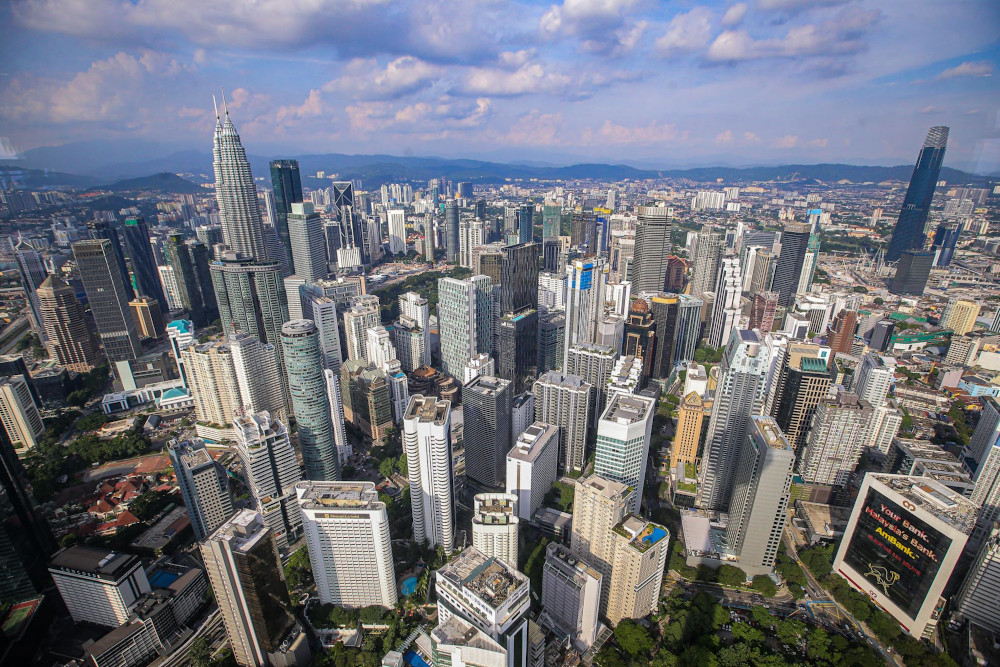KUALA LUMPUR, April 6 — The International Monetary Fund (IMF) maintains its forecast on Malaysia’s gross domestic product (GDP) growth this year at 6.5 per cent, according to its latest World Economic Outlook (WEO) report published today.
Themed “Managing Divergent Recoveries”, the report also stated that the country’s economy is expected to grow at 6.0 per cent in 2022.
IMF expects the country’s unemployment rate to drop to 3.8 per cent this year before going further down down to 3.6 per cent in 2022, as compared to 4.5 per cent in 2020.
In its Country Report released last month, IMF projected Malaysia’s growth to rebound to 6.5 per cent in 2021, driven by strong recovery in the manufacturing and construction sectors, and the impact of the vaccination rollout in February.
Meanwhile, IMF projects the global economy to grow at 6.0 per cent in 2021 and moderating to 4.4 per cent in 2022, after an estimated contraction of –3.3 per cent in 2020,
“The contraction for 2020 is 1.1 percentage points smaller than projected in the October 2020 WEO, reflecting the higher-than-expected growth out turns in the second half of 2020 for most regions after lockdowns were eased.
“The projections for 2021 and 2022 are 0.8 percentage point and 0.2 percentage point stronger than in the previous forecast, reflecting additional fiscal support in a few large economies and the anticipated vaccine-powered recovery in the second half of the year,” it said.
This pace, it said, reflects continued adaptation of all sectors of the economy to the challenging health situation.
It said the strength of the projected recovery varied across countries, depending on the severity of the health crisis, extent of domestic disruptions to activity (related to countries’ reliance on contact-intensive sectors), exposure to cross-border spillovers, and importantly, effectiveness of policy support to limit persistent damage.
“Beyond 2022 global growth is projected to moderate to 3.3 per cent into the medium term. Persistent damage to supply potential across both advanced and emerging market economies and slower labour force growth because of population ageing (largely in advanced economies, but also in a few emerging market economies), and necessary rebalancing to a sustainable growth path in China, are all expected to weigh on the growth outlook for the global economy in the medium term.
“GDP levels are projected to remain well below the pre-pandemic trend path through 2024 for most countries,” it added.
For the Emerging and Developing Asia regional group, IMF said projections for 2021 have been revised up by 0.6 percentage point, reflecting a stronger recovery than initially expected after lockdowns were eased in some large countries such as India.
“However, still high Covid-19 caseloads in some large countries in 2020: first quarter, (such as Indonesia and Malaysia) put a lid on growth prospects,” it said. — Bernama



















